La Crête
«Whoever sets foot on this island feels a mysterious force, warm, full of goodness, spreading through his veins and growing his soul. »
Nikos Kazantakis, great Cretan writer
The essentials to know before leaving
Facts about the island
Crete in greek: Kríti, formerly called “Island of Candia”
Continent: Europe
State/Region: Greece
Capital: Heraklion
Main cities: La Canée (Chaniá), Réthymnon, Lerapetra, Agios Nikolaos
Area: 8,336 km², it is the largest of the islands of Greece
Maritime coasts: of coastline with the Libyan Sea to the south and the Cretan Sea to the north
Highest point: Mount Ida at 2,456 m
Population : about 670,000 inhabitants
Languages spoken: Greek and English
Currency: Euro
Time difference: UTC+2h time zone. There is an hour difference (in addition) compared to France, in winter and in summer
Telephone & Internet : the telephone code for Crete is +30
Driving: on the right (see the article “Driving in Crete”)
Geography of Crete
Crete is divided into 4 provinces over nearly 1000 km of untouched as well as developed coastline, each with landscapes made up of cliffs, caves and gorges suitable for hiking as well as typical villages: the region of Heraklion (the capital ), the region of Chania , the region of Lasithi (plateau) and the region of Rethymnon.
The largest island of Greece, Crete, is of an exceptional natural beauty, endowed with a a unique Mediterranean civilization!

• Three mountainous areas
• Arid plateaus overlooking vast expanses of clayey terrain and ranges of hills, the most famous of which is Lassithi (887 meters) and the highest – Nida (about 1400 meters)
• Green plains with prosperous agriculture (olive groves of course but also citrus fruits orchards and vegetables fields).
Festivals and events to remember
As in Europe and elsewhere, there are many public holidays and religious holidays to note, but we would like to highlight two major events in Cretan life.
Orthodox Easter and Saint-Georges: Orthodox Easter takes place at the end of the month of April and is the most notable event of the year. Even agnostics take part in it! A celebration of the resurrection of Christ, Easter is also an opportunity to celebrate the arrival of spring. The rites are numerous and worth the detour. Processions, light ceremonies, fireworks, Easter meals highlighted by lamb, it is THE festival to which you absolutely must participate in if you want to immerse yourself in Greek traditions.
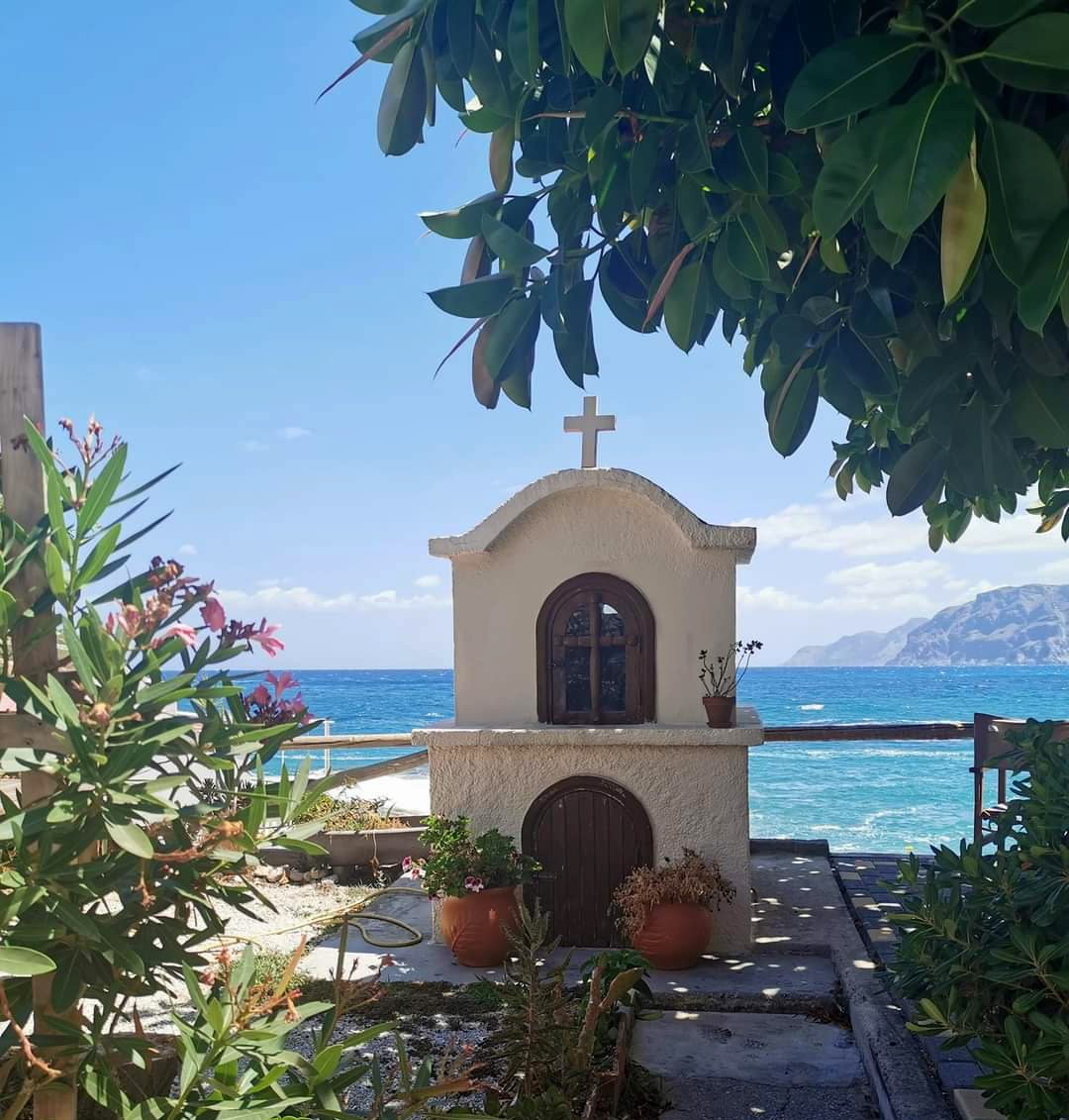
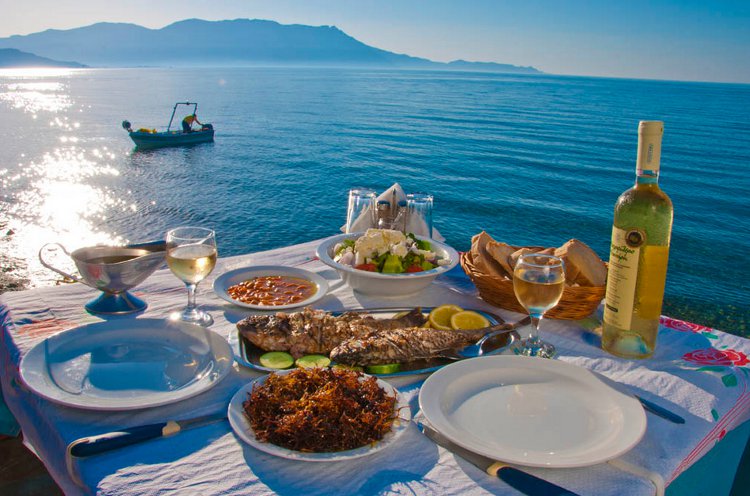
28 octobre : fête nationale qui commémore le « ochi » (non en grec) face à l’ultimatum fasciste de l’Italie en 1940 et marque ainsi l’entrée de la Grèce dans la seconde guerre mondiale. De nombreux défilés dans toutes les villes. Une fierté crétoise !
The climate in Crete and the best periods to go there
Like its neighbours, Greece and Turkey, Crete has a typically Mediterranean climate with little marked seasons, however, its geography leads to some variations depending on the region. The island is the windiest part of the region. The “notias” is a hot wind from Africa that blows from spring to autumn and chases away clouds and rain! It has a climate considered to be “sub-desert”.
• The north is more humid and the rains are quite abundant in winter.
• The centre is mountainous and is often snowy in winter.
Although pleasant all year round, the best time to go to Crete is from April to the end of October when the weather is hot and dry. If you like hiking, avoid the summer period, the heat can quickly become unbearable for you while hiking. The gorges and canyons are often very arid, and it would be a shame to experience them in this season. The ideal period for hiking is from April to June and from September to November. If you are historical site enthusiasts, idem, you should travel in the spring and autumn to discover the archaeological wonders of the island.
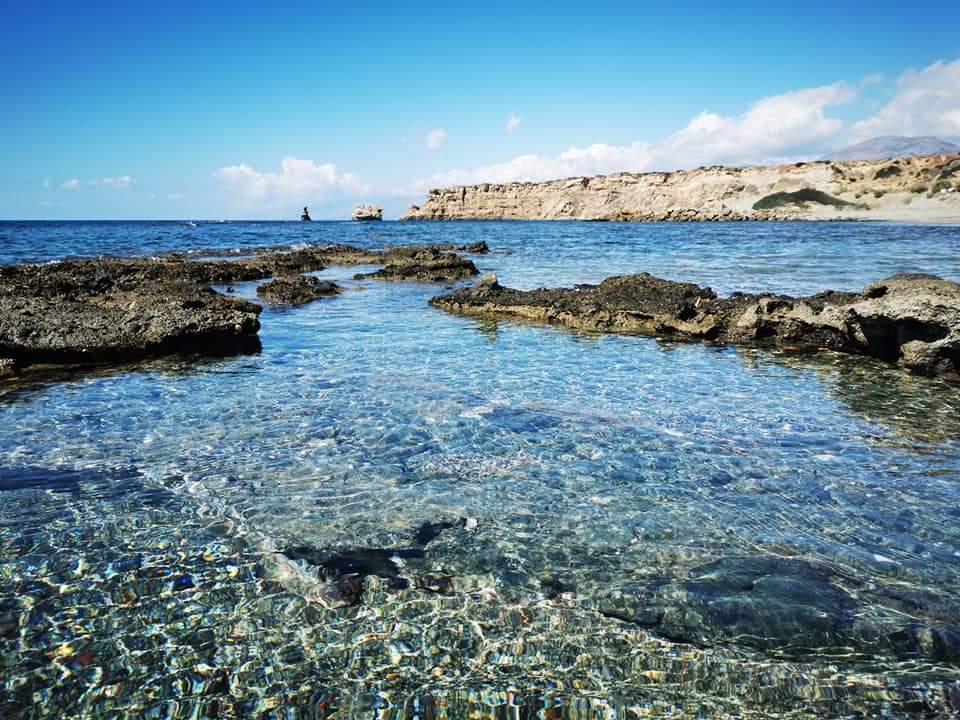
If you enjoy swimming and snorkelling, the ideal period is from June to September when the water temperature is around 26 degrees… However, May, October and November are some spectacularly hot months!
And what about winter? Between December and March, Crete experiences higher temperatures than in northern Europe, but again it all depends on the region where you are staying. The north remains very wet, the central mountains, snow-capped with temperatures around 0 and along the coasts the weather is milder and less humid. There is no so-called ideal period, it all depends what you are looking for during your stay in Crete.
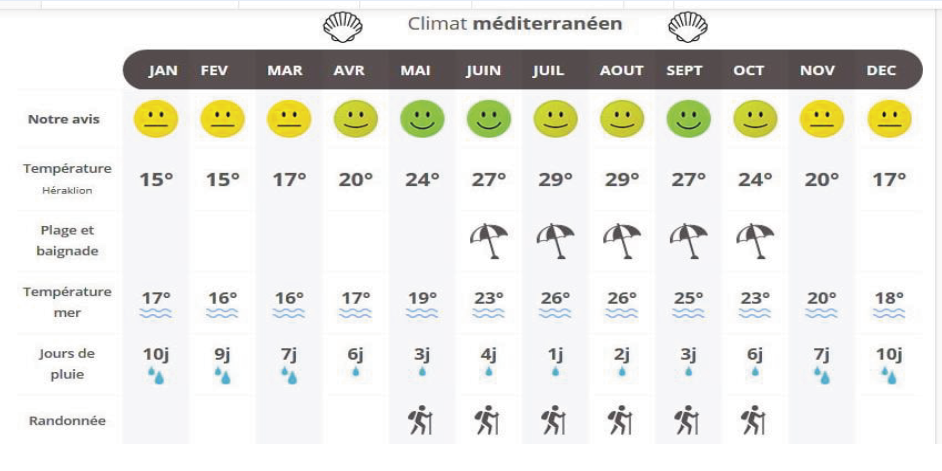
Are you ready to go to Crete?
You are now well versed in the geography and history of Crete! This large and beautiful island offers breath-taking landscapes but also an extraordinary history, culture and cuisine! For the wide variety of landscapes and activities, Crete is a perfect destination for everyone: solo travellers, explorers, hikers, families, beach and relaxation lovers, history and archeology buffs, yoga enthusiasts. There is so much to see and to do that you don’t know where to begin or in which region to go to?
Don’t panic! YO-NAMAHA offers to design personalized itineraries for you!
Simplify the planning of your trip to Crete and use our specialized Crete Travel Planner services. Whether you want a relaxing holiday in a beautiful comfortable hotel with your feet in the water, or you prefer to get off the beaten track and explore the island through hiking, or you want to immerse yourself in Cretan mythology by taking a special road trip to historical sites, we are there to help you experience the stay of your dreams!
A few ideas for visits and must-see places
Are you a fan of history and mythology?
Crete has many legends in its history and mythology is present in the very soul of the island. It is here that the legends of the Minotaur, Daedalus and his breadcrumb trail and Icarus were born. Zeus, the God of Gods was even born there…
• The Palace of Knossos in Heraklion: in addition to wondrous setting, the most famous historical site of Crete impresses with the beauty of its Palace, its courtyards, its frescoes..
• The Mont Dicté cave on the Lassithi plateau is shrouded in the mysteries of the birth of Zeus.
Would you like to know more about the history and mythology of this rebellious island blessed by the Gods?
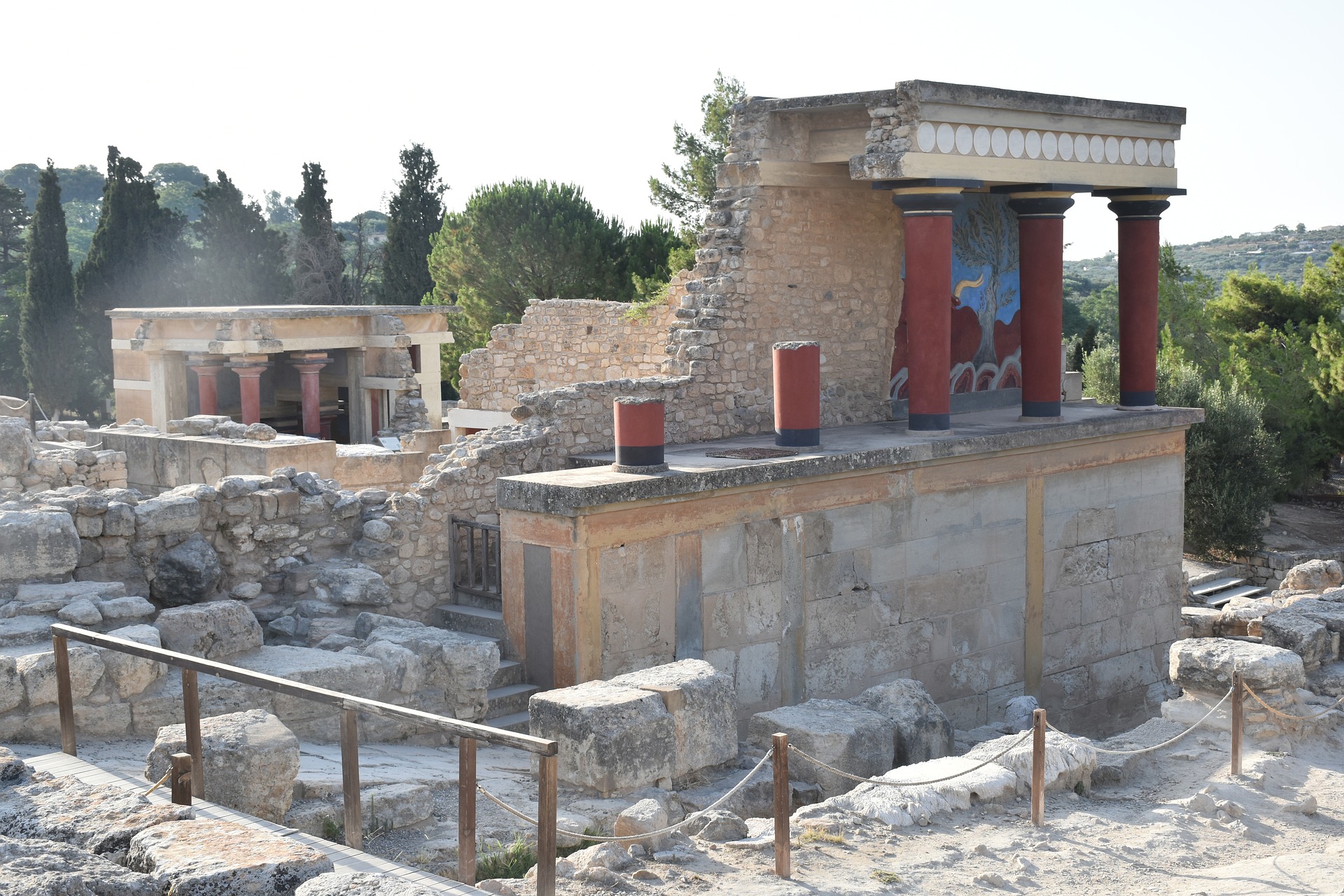
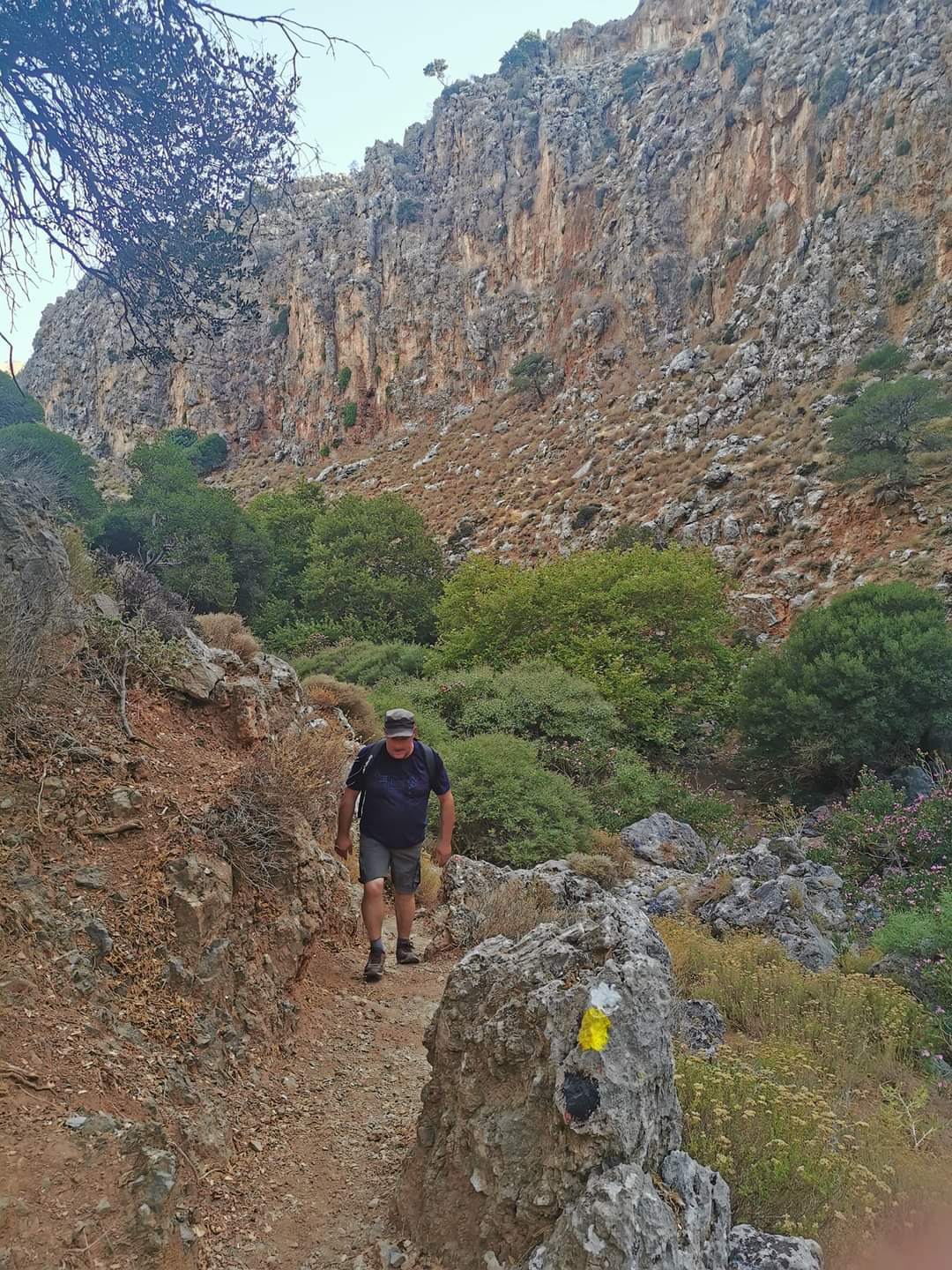
Are you budding archaeologists?
The rebellious island has had a long and rich history, in particular thanks to the imprint of the Minoan civilization.Here are some examples of fascinating sites for all stone lovers.
• The Minoan site of the Palace of Zakros
• The ancient city of Late
Fans of Venetian art?
The cities of Chania and Rethymno, marked by long Venetian presences, will undoubtedly please you. Without forgetting the most famous of all, the island of SPINALONGA, better known as the island of lepers or the island of the forgotten.
What about hiking?
Crete is a fabulous hiking spot between its gorges, its plains, its mountains, from west to east, from north to south, explore this land of adventures.
• The gorges of the Valley of the Dead in Zakros
• The gorges and the waterfall of Richtis
• The Messara plain between olive groves and small typical villages
Would you like to discover all my great hiking tips with local guides?
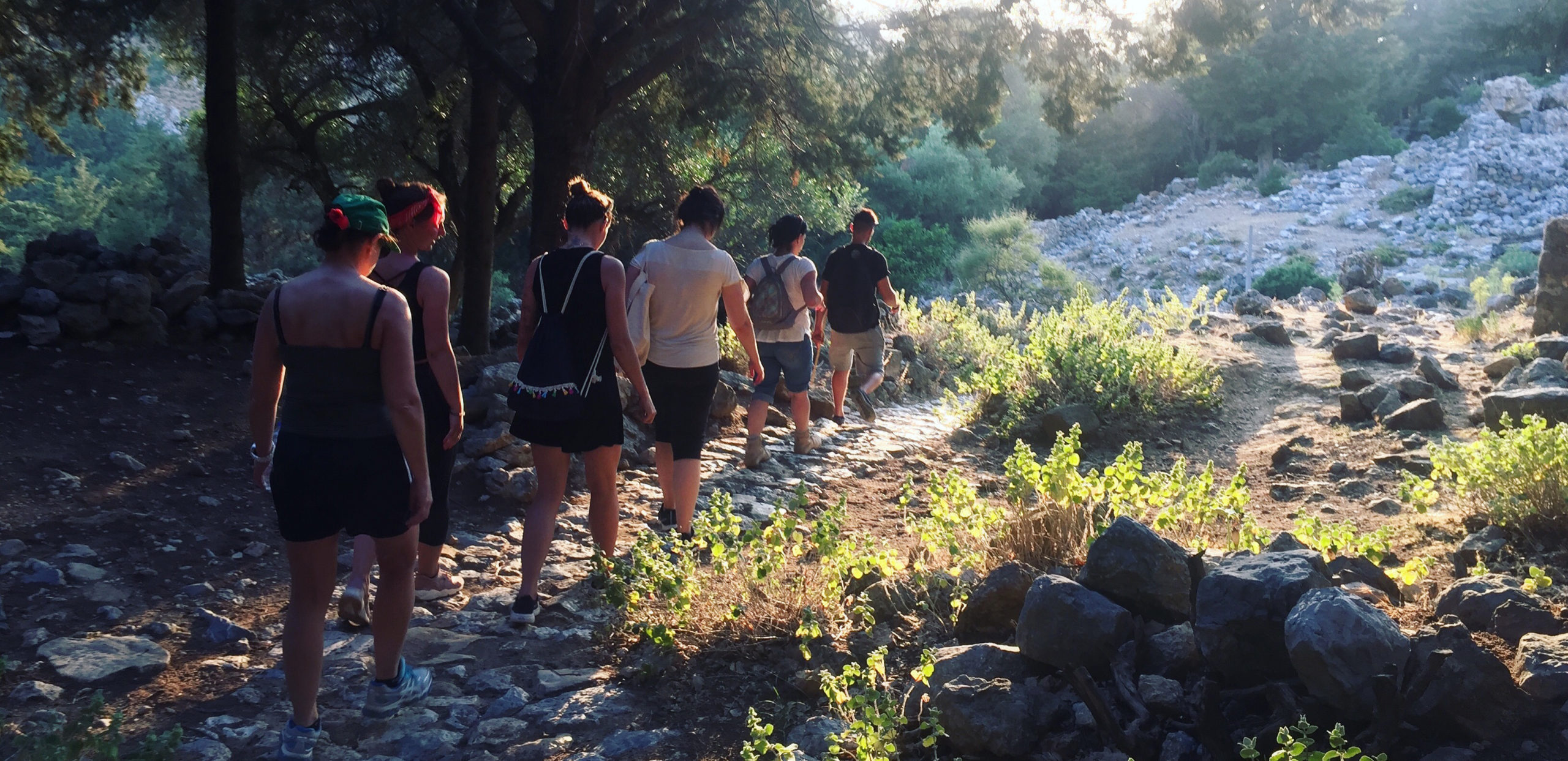
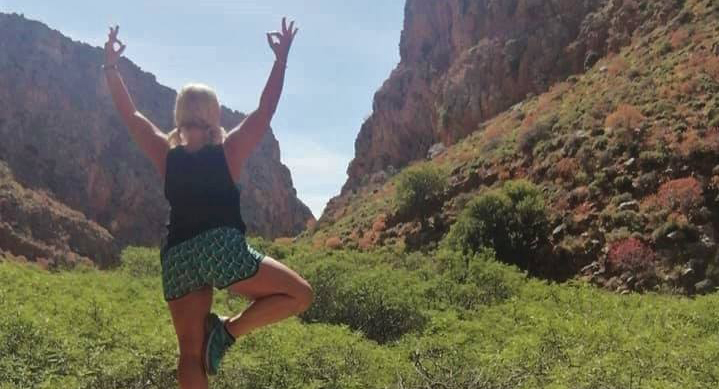
Want to laze on heavenly beaches?
Crete offers a fine range of beaches worthy of the most beautiful postcards. Pristine coves, white sand or pebble beaches bathed in turquoise waters, make yourself comfortable and savour the moment. Here is a small selection of places far from mass tourism.
• Xerocampos at the southern end of the east coast: just the road to get there is a feast for the eyes, upon arrival a lagoon awaits you.
• Triopetra on the south coast: a fascination with its geological structures and its 3 rocks.
Kolokitha facing the Spinalonga peninsula and close to Elounda. A scenic drive to get there, a tiny island with crystal clear waters.
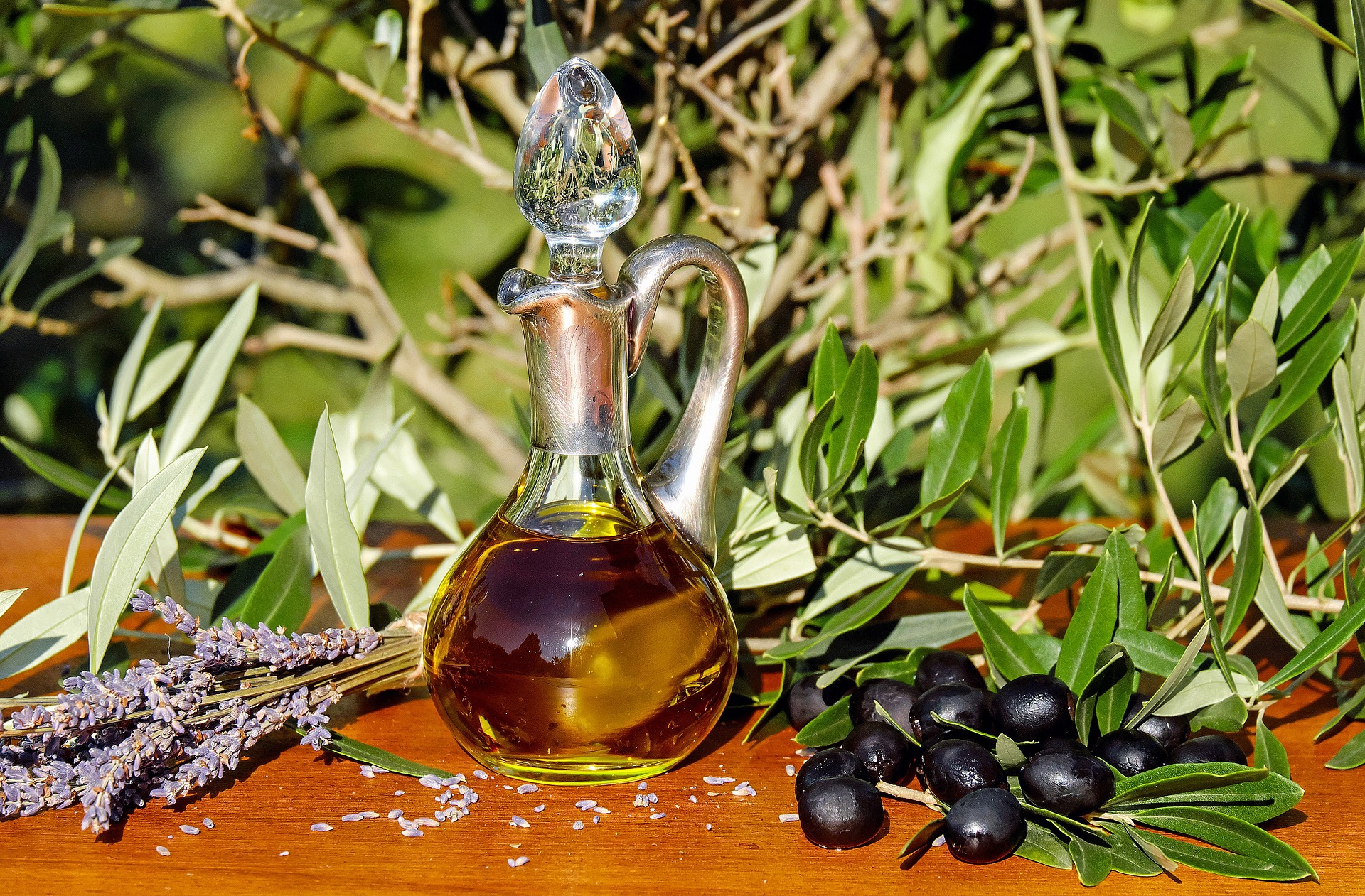
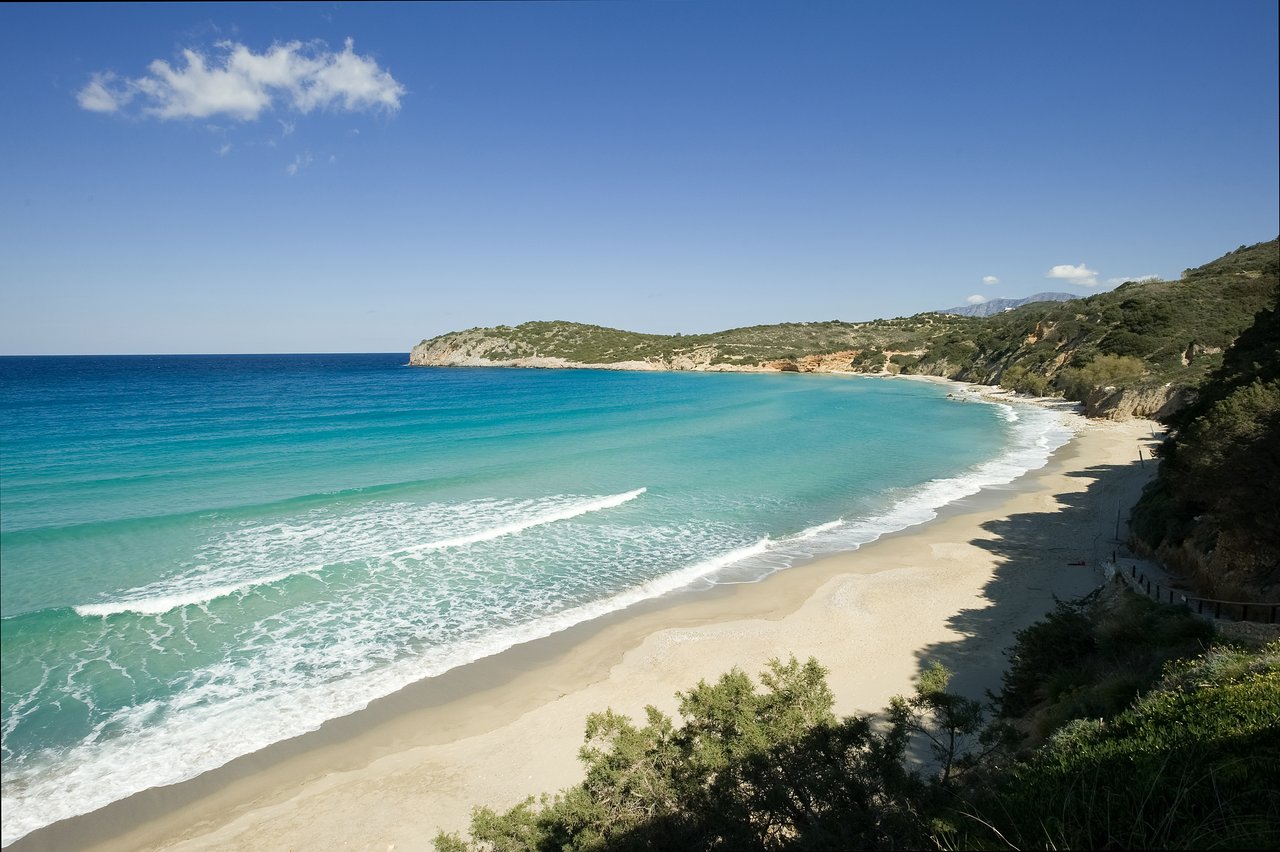
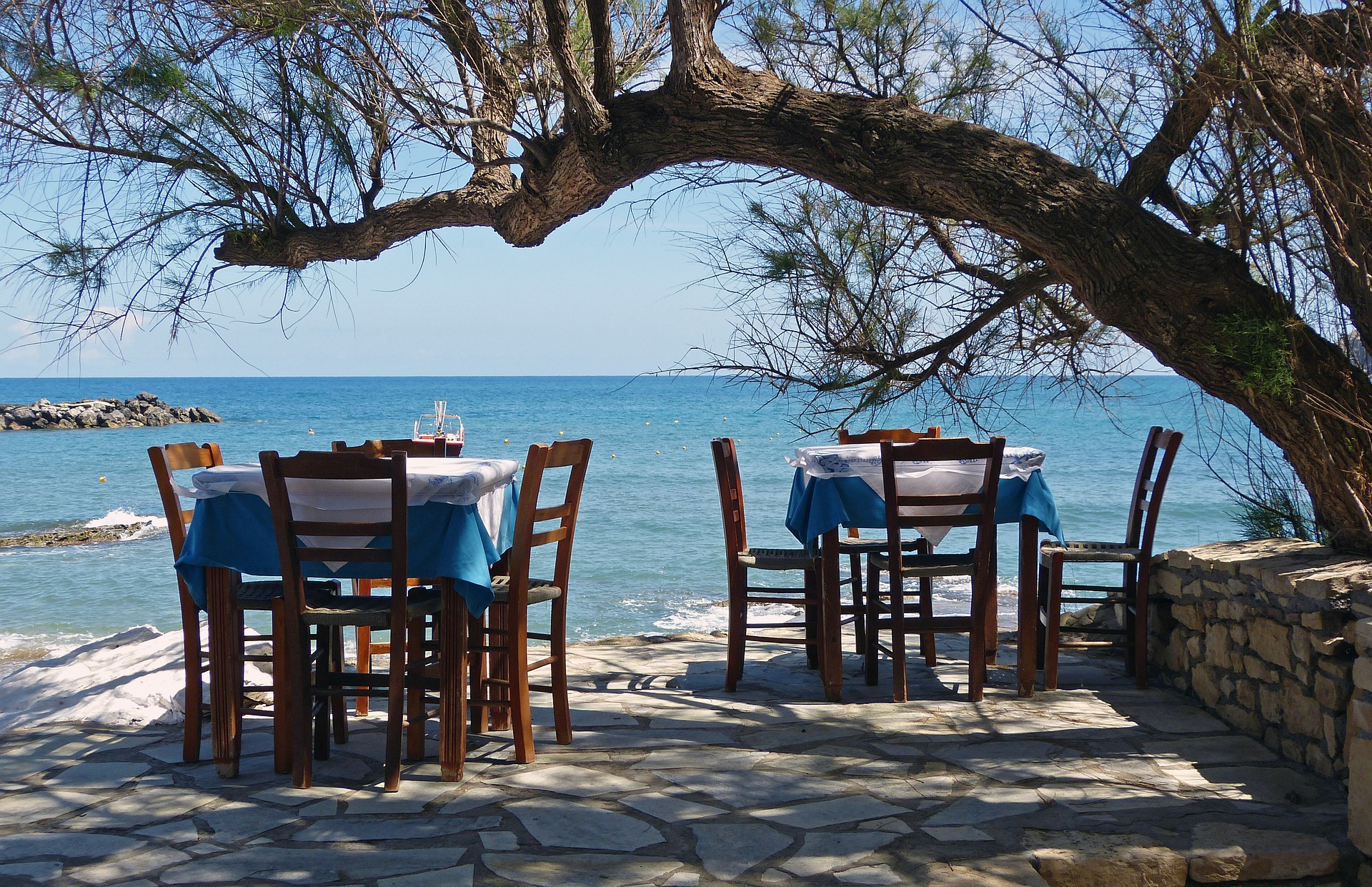
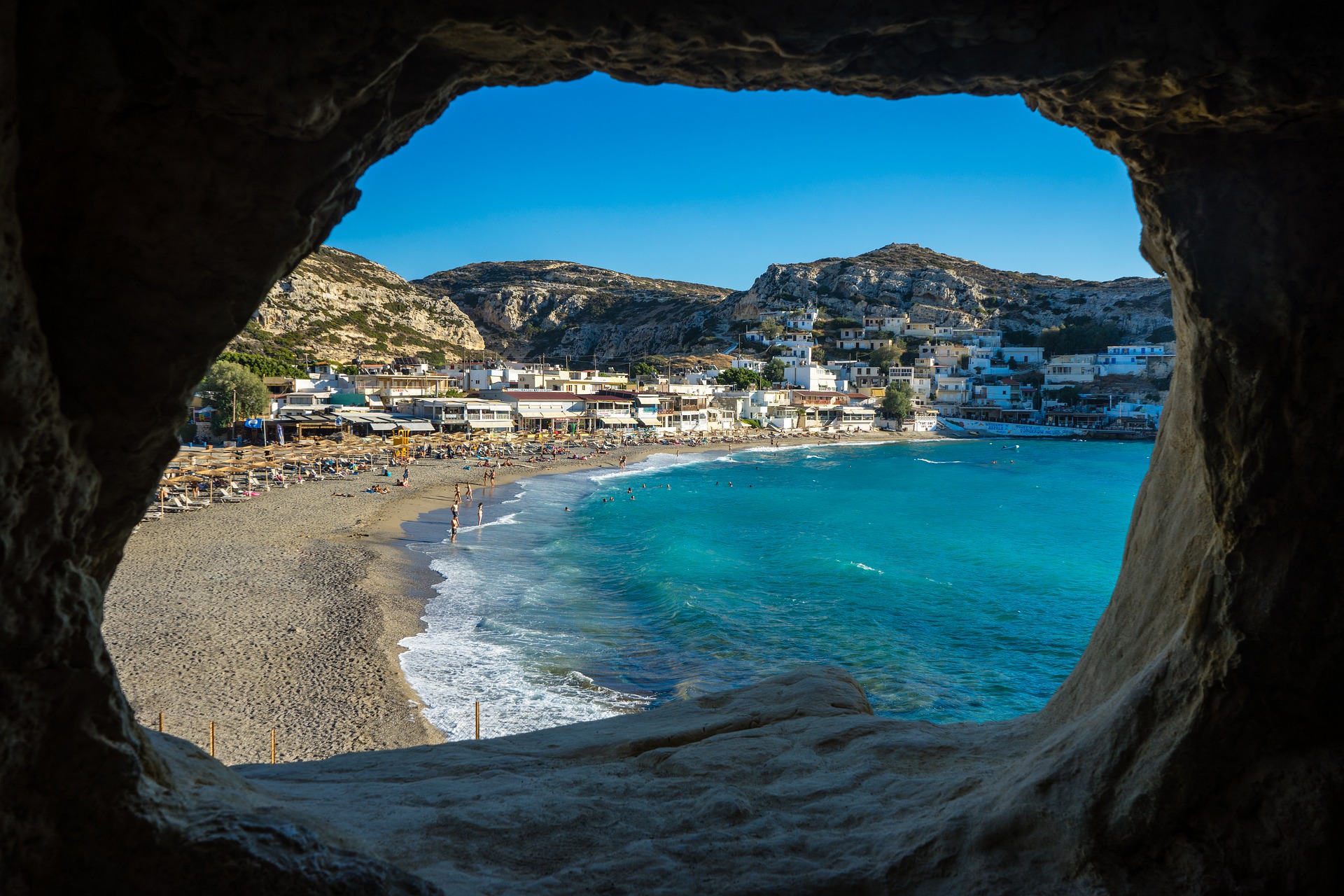
YO-NAMAHA Travel & Event
La Crète sur-mesure
FR +33 608 479 565
GR +30 698 9081712
vanessa@yonamaha.com
Mentions légales
CONCERNING
A little about myself…
What is a travel planner?
Destinations on offer
My areas of expertice
CRETE / GREECE
HOW DOES IT WORK?
MY BLOG
CONTACT
